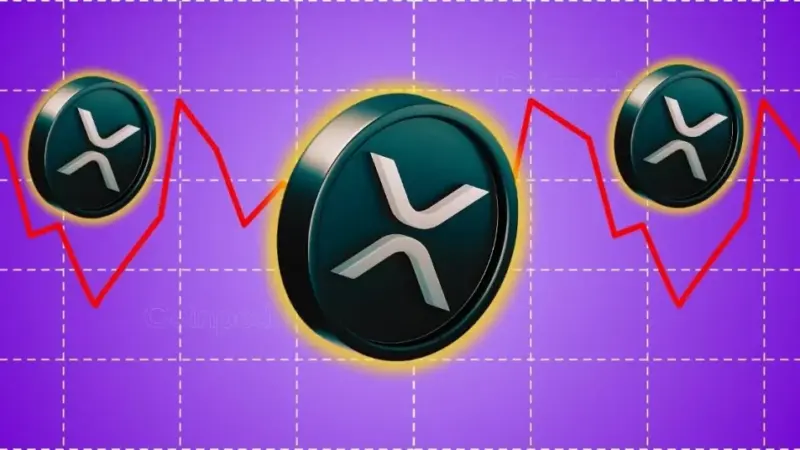How To Trade Crypto On Leverage


The post How To Trade Crypto On Leverage appeared first on Coinpedia – Fintech & Cryptocurreny News Media| Crypto Guide
The cryptocurrency market has experienced some huge swings in 2022, something that offers up a lot of opportunities for traders to make a profit. However, to make profits when trading, you usually need a large amount of capital.
Luckily, there is a way to still make great trading profits even if you don’t have a lot of buying power. This is known as leveraged trading and is available even if your initial capital is small.
Leveraged crypto trading lets you borrow capital to make trades, amplifying your profits on successful trades. Leverage is the term used to describe borrowed capital, and some services allow you to borrow up to 100x your account balance.
While the potential to make profits is higher, so is the risk, so it’s important to understand it completely before you get started.
In this guide, you’ll be able to learn more about how to trade crypto on leverage and things you need to be aware of before you start. The better you understand the topic, the easier it will be for you to make profits without worrying about potential risks.
Choosing the Right Trading Platform
The exchange you choose to trade with is important, as it will affect how much leverage you can take and which exchanges you have access to.
The best platforms, such as Margex.com give you access to multiple exchanges for more liquidity and better trading options. With more liquidity, your trades are less likely to be affected by a single trader manipulating the prices.
You’ll also want to consider how user-friendly the interface is to use. When you’re a beginner, it’s important that you’re able to make your trades quickly and easily without worrying about choosing the wrong option by mistake.
Finally, you’ll also want to look at the security and reliability of the platform. Trading platforms and exchanges should always store assets in cold wallets for added security and should ensure uptime to avoid outages during peak market activity.
Understanding How Leveraged Trading Works
Once you’ve chosen a trading platform, you’ll need to deposit funds that will act as collateral for your leveraged trades.
The amount of collateral you’ll need is determined by the amount of leverage you’re using and the overall value of the position you intend to open, which is known as a margin.
For example, if you wanted to invest $1000 in Ethereum at 10x leverage. For this, you’d need to have $100 in your account for leverage, as the margin required is 1/10 of $1000.
Your necessary margin would be considerably smaller if you used a 20x leverage (1/20 of $1,000 = $50). However, keep in mind that the larger the leverage, the larger the risk of being liquidated.
While your trade is active, you also need to maintain a margin threshold, adding more money to your account if the market moves against your position. If you fail to maintain this threshold, your position will be liquidated, meaning you lose the collateral. Leveraged trades can be made for both long and short positions.
Managing Risk
Trading with high leverage may need less initial capital, but it also increases the risk of liquidation. Stop-loss and take-profit orders are risk management procedures that help minimize losses in leveraged trading, and you should know how to use them.
Stop-loss orders can be used to automatically liquidate a trade at a certain price, which is useful when the market moves against you. Using these effectively will help reduce the risk of big losses.
Take-profit orders, on the other hand, close automatically whenever your profits reach a particular level. This allows you to lock in your profits before the market changes.




